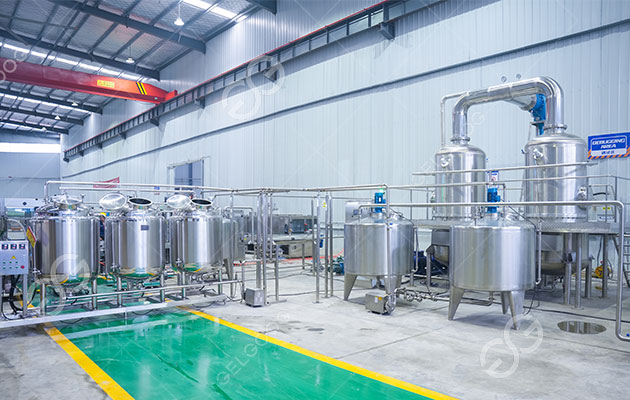How is Tomato Paste Made Industrially
Time:2024-12-27By:admin
Tomato paste is a versatile ingredient that adds depth and richness to a variety of dishes. But have you ever wondered how this flavorful sauce is made on an industrial scale? Let's take a detailed look at the process of making tomato paste in a factory, from the selection of tomatoes to the final packaging.
Step 1: Selecting the Best Tomatoes
The journey begins with selecting the finest tomatoes. Factories typically use a variety of tomato cultivars, each chosen for its taste, color, and texture. These tomatoes are carefully harvested at their peak ripeness to ensure maximum flavor and nutritional content .
Step 2: Washing and Sorting
Once the tomatoes arrive at the factory, they undergo a thorough washing process to remove dirt and debris. After washing, the tomatoes are sorted by size and quality using advanced technology and skilled workers. This step ensures that only the best tomatoes make their way into the paste production .
Step 3: Peeling the Tomatoes
To create smooth and velvety tomato paste, the next step involves removing the tomato peels. Factories use various techniques to peel the tomatoes, such as steam or hot water baths, followed by quick cooling. This process loosens the skin, making it easier to remove .
Step 4: Heating and Extracting the Pulp
The peeled tomatoes are then gently heated to soften the pulp, making it easier to extract. The softened tomatoes are passed through a pulping machine, which separates the seeds and skins from the juicy pulp. This pulp, rich in natural tomato flavor, forms the base of the tomato paste .


Step 5: Concentration
The extracted tomato pulp contains a significant amount of water, which needs to be reduced to create the thick consistency of tomato paste. The pulp is carefully and slowly simmered in large kettles or tanks, allowing the excess water to evaporate. This concentration process also intensifies the tomato flavor .
Step 6: Removing Bitterness and Impurities
As the tomato pulp cooks down, some bitterness and impurities might arise. To ensure a smooth and delicious taste, factories use a sieving process to remove any unwanted elements from the paste. This step guarantees a pure and high-quality tomato paste .
Step 7: Pasteurization and Packaging
Before the tomato paste is ready for packaging, it undergoes pasteurization. This heating process ensures that harmful bacteria are eliminated, increasing the shelf life of the product without the need for preservatives. Finally, the hot, sterilized tomato paste is packaged into a variety of containers, including cans, glass jars, or aseptic cartons. This ensures the paste remains fresh and safe until it reaches your kitchen .
Conclusion
The process of making tomato paste industrially is a fascinating blend of modern technology and traditional methods. It involves careful selection of tomatoes, thorough cleaning, precise peeling, pulp extraction, concentration, and purification, all culminating in a product that is both flavorful and convenient for use in a wide array of culinary creations.
If you want to start a tomato sauce processing business, you can contact us at any time. We can provide you with tomato sauce processing line and solutions. If you want to know more, you can contact us at any time: +8618595613260










 E_mail
E_mail contact
contact Whatsapp
Whatsapp TOP
TOP